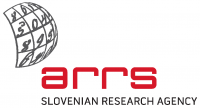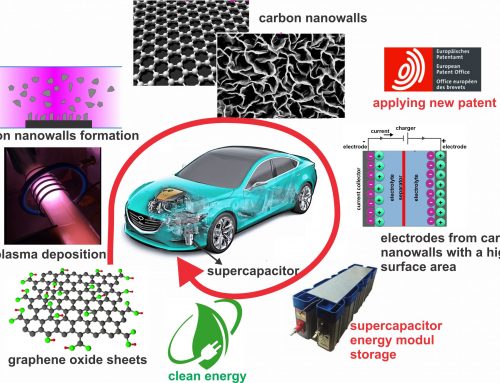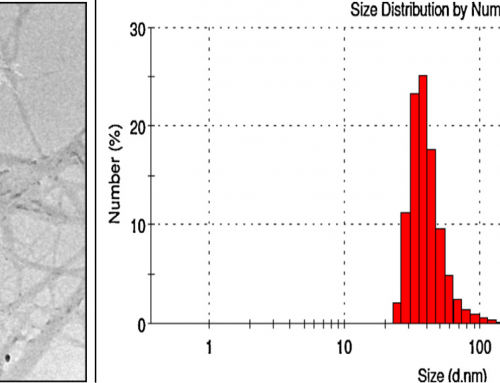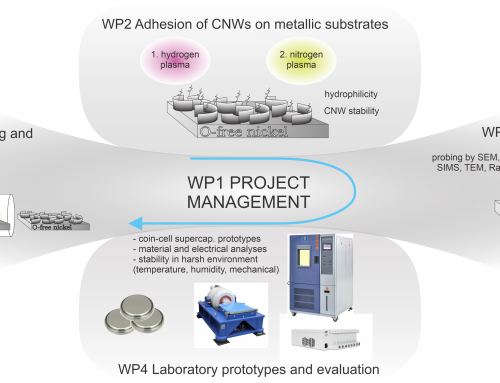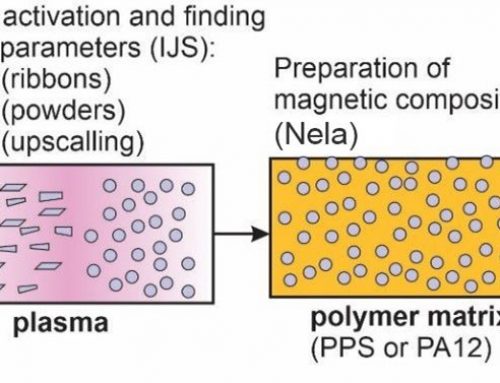Evaluation of the range of plasma parameters suitable for nanostructuring of polymers on industrial scale (L2-8179)
Project leader: Prof. Dr Miran Mozetič (Jozef Stefan Institute)

The range of plasma parameters suitable for nanostructuring, functionalization and optimal wettability of polyethylene terephthalate (PET), polyethylene (PE), polycarbonate (PC), polyphenylsulphide (PPS), polypropylene (PP) and ethylene tetrafluoroethylene (ETFE) in a reasonable treatment time will be evaluated. The flux of positively charged oxygen ions will be varied between about 1017 m-2s-1 to about 1020 m-2s-1 by adjusting discharge parameters, and the flux of neutral oxygen atoms onto the polymer surface from about 1019 m-2s-1 to almost 1024 m-2s-1. The flux of neutral atoms will be varied independently from discharge parameters (and thus the ion flux) using a movable recombinator. The corresponding fluences will be achieved by variation of treatment time. Plasma parameters will be measured by electrical and catalytic probes, optical spectroscopy and mass spectrometry, while surface finish by atomic force and scanning electron microscopies, X-ray photoelectron spectroscopy and secondary ion mass spectrometry. The polymers for which super-hydrophilic surface finish will not be achievable by treatment in oxygen plasma for about 10 s (this is the requirement of our industrial partner and co-funding organization) will be treated using an innovative two-step process. The optimal range of plasma parameters will be determined in a small reactor of volume 1 litre. Upscaling will be realized in two steps, first with a medium-size reactor of volume 100 litres and finally in a large-size industrial reactor of volume 5000 litres. The coupling of discharges suitable for achieving the optimal range of plasma parameters as determined in the small reactor will be studied for large reactors first theoretically and then experimentally using alternative electrode configurations. Once optimal plasma parameters are achieved in the medium size reactor it will be proposed for pilot production of components for automotive industry in semi-continuous mode. Irrespective of company decision, an alternative coupling of discharge as well as a different RF generator will be tested also in the large reactor. The results of the research activity will enable our industrial partner to optimize the production of components for automotive industry. Innovative solutions will be protected by a couple of patent applications, one on the two-step process and another on innovative coupling between RF generator and gaseous plasma in large reactors. The scientific results will be published in topical journals in the field of plasma processing of polymer materials as well as applied surface science and a monograph on influence of reactive gaseous species on evolution of surface morphology and functional properties will be prepared.


